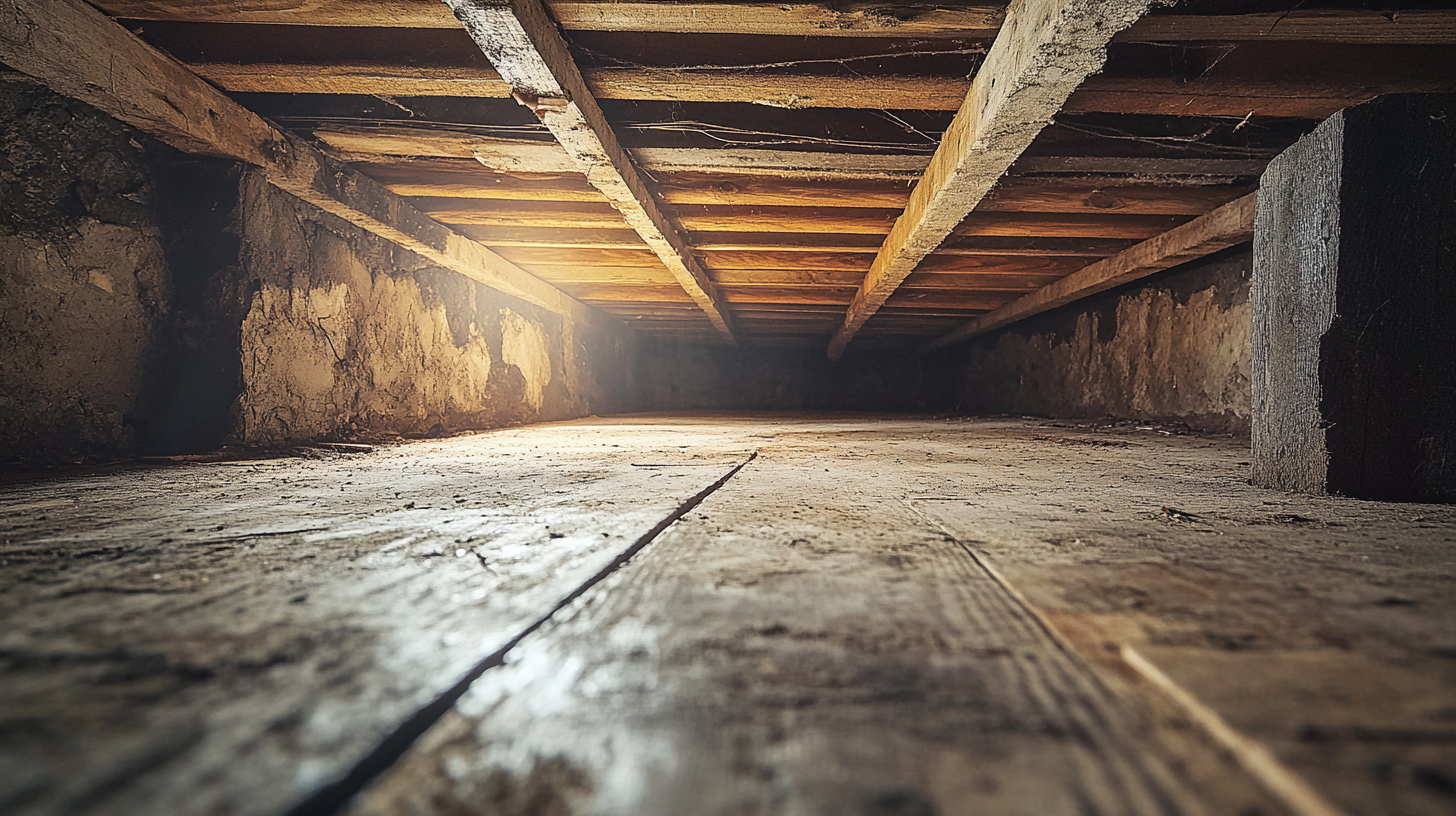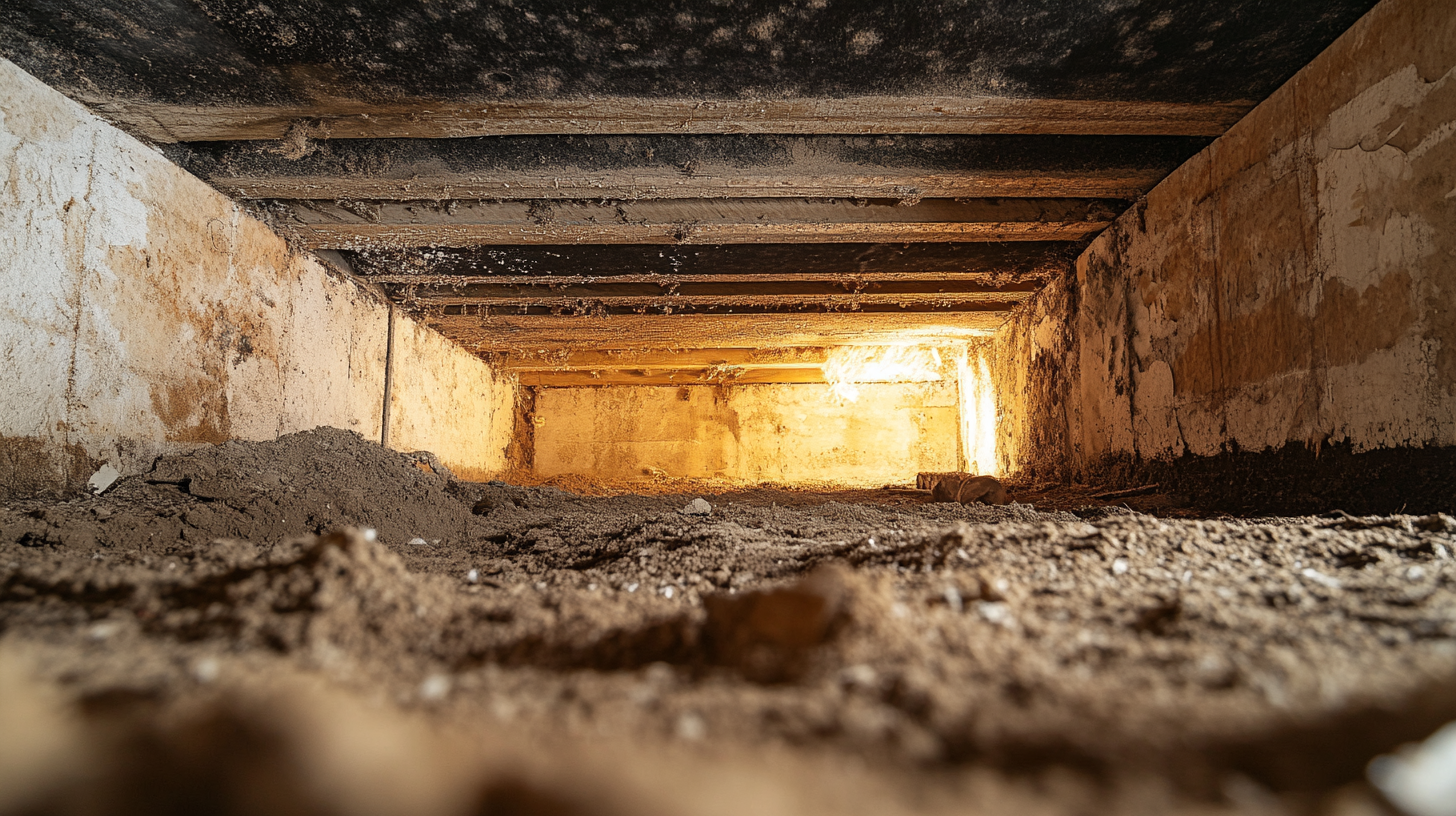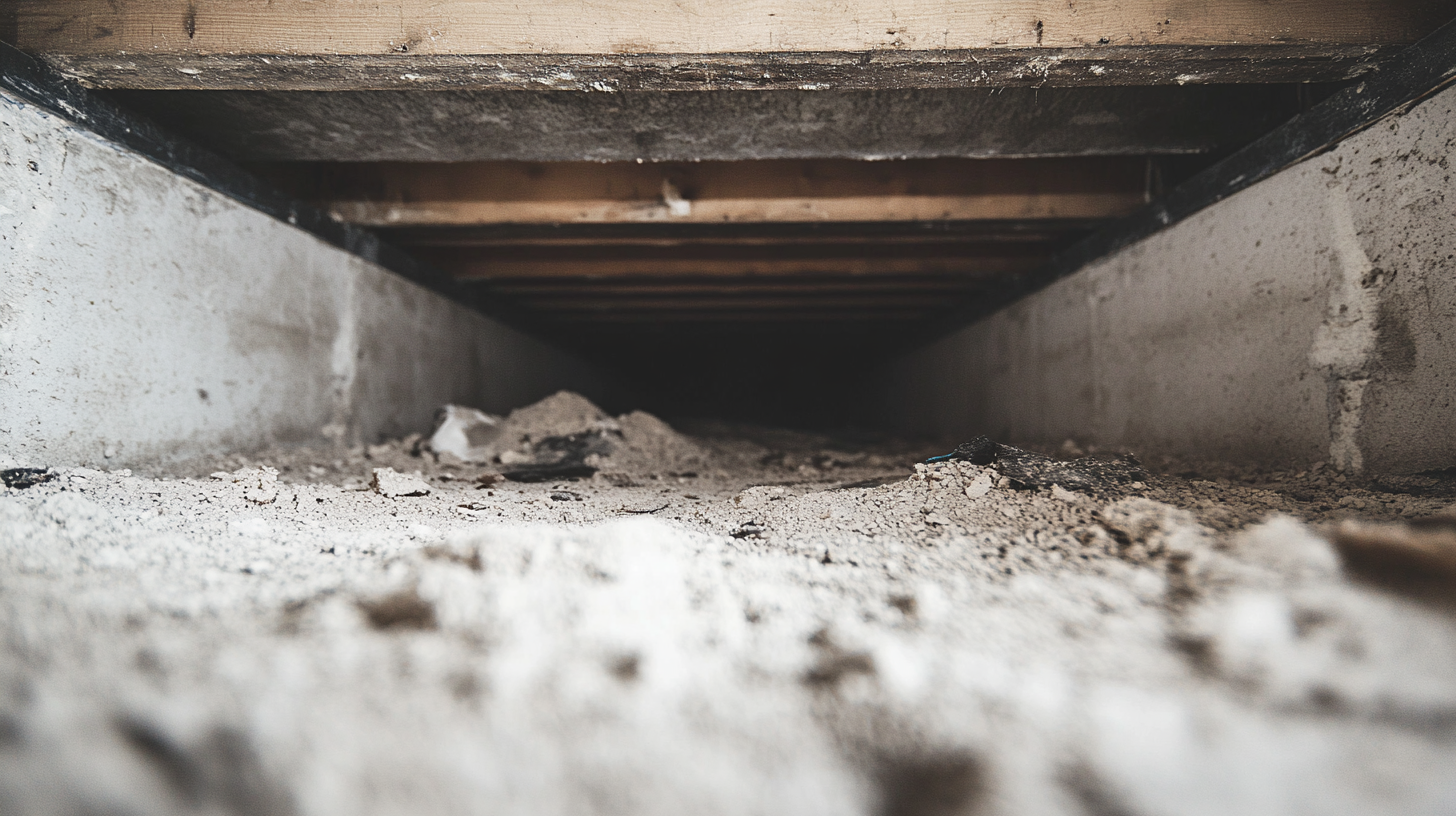The Basics of Soot Removal: A Beginner's Guide

Soot, a byproduct of the incomplete combustion of fossil fuels, wood, and other organic materials, is more than just a dark, powdery nuisance that stains surfaces. This fine black or brown powder poses significant environmental and health risks, making its study and understanding crucial for households and industries alike. In this blog post, we delve into the essence of soot, exploring its chemical composition, sources, and the mechanisms behind its formation. Our journey will take us through the common places within our homes and the environment where soot accumulates, shedding light on its impact and the importance of managing it effectively.
From the cozy corners of our fireplaces to the bustling activities of industrial sites, soot finds its way into various nooks, crannies, and airspaces, affecting air quality and surface cleanliness. By understanding where soot comes from and where it's most likely to gather, we can take informed steps towards minimizing its presence and safeguarding our health and environment. Join us as we explore the intricate dance of soot particles through our world, aiming to arm you with the knowledge needed to tackle this pervasive issue head-on.
Understanding Soot
Soot is a complex substance that significantly impacts both our environment and health. This section delves into the intricacies of soot, from its basic composition to the health risks it poses, and underscores the importance of handling it with care.
The Composition of Soot
Soot is primarily composed of carbon particles that arise from the incomplete combustion of organic materials. This fine black powder can contain various toxic substances, including acids, metals, soil particles, and dust. The composition of soot largely depends on the source of the combustion. For instance:
- Wood-Burning Soot: Typically contains a higher concentration of organic compounds, making it less toxic compared to other types. However, it can still pose health risks, especially in poorly ventilated areas.
- Oil-Based Soot: Often results from the burning of fossil fuels and can contain a mix of heavy metals and sulfur compounds. This type of soot is commonly found in urban areas and near industrial sites.
- Candle Soot: While burning candles might seem harmless, they can produce soot containing tiny particles of wax, scents, and dyes. Candle soot is finer and can easily infiltrate the respiratory system.
Understanding the different types of soot and their sources is crucial for effective cleanup and minimizing health risks.
Health and Safety Concerns
Exposure to soot can lead to a range of health issues, from minor irritations to serious respiratory and cardiovascular diseases. The fine particles in soot can penetrate deep into the lungs, carrying with them toxic chemicals that can harm internal organs. Some of the health risks associated with soot exposure include:
- Respiratory problems, such as asthma and bronchitis
- Cardiovascular diseases
- Increased risk of cancer, particularly lung cancer
- Short-term effects like irritation of the eyes, nose, and throat
Given these risks, it's essential to prioritize safety when dealing with soot. Proper ventilation is crucial in areas prone to soot accumulation to reduce inhalation risks. Additionally, wearing protective gear, such as masks and gloves, during the removal process can help minimize direct exposure. It's also advisable to employ professional cleaning services for extensive soot cleanup, as they are equipped with the necessary tools and expertise to handle hazardous materials safely.
Preparing for Soot Removal
Removing soot safely and effectively requires careful preparation. This section guides you through essential safety measures and initial assessment steps to ensure a thorough and health-conscious cleanup process.
Safety First
Before embarking on soot removal, prioritizing your safety is paramount. Soot can contain harmful chemicals that pose health risks upon inhalation or direct contact. Equip yourself with the following safety gear to protect against these hazards:
- Masks: A high-quality N95 respirator mask is recommended to filter out fine particulate matter present in soot, preventing inhalation of toxic particles.
- Gloves: Use durable gloves, preferably made of nitrile, to protect your hands from soot and cleaning chemicals.
- Goggles: Protect your eyes from irritants with tight-fitting goggles. Soot particles can cause irritation and damage to the eyes upon contact.
Ensuring proper ventilation is also crucial in the area where soot removal will take place. Open windows and use fans to circulate air and disperse any airborne particles. This not only helps protect your health but also makes the cleaning process safer and more effective.
Assessing the Area
A thorough assessment of the affected area is essential for effective soot removal. Start by identifying the extent of soot coverage and the types of surfaces impacted. This initial evaluation will help you determine the appropriate cleaning methods and products to use. Consider the following:
- Extent of Soot Coverage: Assess how widespread the soot damage is. Is it localized to one area, or has it spread throughout the space? Understanding the scope of coverage will help you plan your cleaning strategy.
- Type of Surface Affected: Different surfaces require different cleaning approaches. For instance: Walls and Ceilings: Non-porous surfaces like painted walls may be easier to clean, whereas porous surfaces like wallpaper can absorb soot, making them more challenging.
- Fabrics: Upholstery, curtains, and carpets can harbor soot particles deep within their fibers, necessitating specialized cleaning techniques.
Identifying the types of surfaces affected by soot will allow you to gather the necessary cleaning supplies and equipment, ensuring you're fully prepared to tackle the cleanup effectively.
Soot Removal Techniques
Effectively removing soot requires specific techniques tailored to the surface being cleaned. This section offers detailed guides for cleaning soot from hard surfaces, fabrics, upholstery, carpets, and rugs, ensuring you have the knowledge to tackle this challenge safely and efficiently.
For Hard Surfaces
Cleaning soot from walls and ceilings demands a careful approach to prevent smearing and further damage. Follow this step-by-step guide:
- Safety First: Wear protective gear, including gloves, masks, and goggles.
- Ventilation: Ensure the area is well-ventilated to minimize inhalation of soot particles.
- Dry Soot Removal: Begin with a dry sponge or a soot eraser to gently remove loose particles. Avoid using water initially, as it can smear the soot.
- Cleaning Solution: Mix a solution of mild soap or detergent with warm water. For tougher stains, consider using a mixture of trisodium phosphate (TSP) and water, following the manufacturer's guidelines for dilution.
- Gentle Washing: Using a soft cloth or sponge, apply the cleaning solution to the soot-stained areas with gentle, circular motions.
- Rinsing: Rinse the area with clean water and a clean cloth to remove any residue of the cleaning solution.
- Drying: Allow the surface to air dry completely.
Recommended Tools: Soot eraser, vacuum with a brush attachment (for initial loose soot removal), soft cloths or sponges, bucket for cleaning solution.
For Fabrics and Upholstery
Soot can deeply embed into fabrics, making removal challenging. Here’s how to approach it:
- Loose Soot Removal: Gently vacuum the surface with an upholstery attachment to remove any loose soot. Avoid pressing too hard, as this can push the soot deeper into the fabric.
- Dry Cleaning Sponge: Use a dry cleaning sponge (chemical sponge) to blot the soot. Do not rub, as this can spread the stain.
- Specialized Cleaner: Apply a fabric or upholstery cleaner designed for soot removal. Follow the product instructions carefully.
- Prevent Setting: Avoid using heat or warm water, as this can set the soot stains, making them harder to remove.
Tips: Test any cleaner on a small, inconspicuous area first. Consider consulting a professional cleaner for valuable or delicate items.
For Carpets and Rugs
Carpets and rugs require a delicate balance of thoroughness and care to remove soot without damage:
- Vacuuming: Carefully vacuum the area to remove loose soot. A vacuum with a HEPA filter is ideal for preventing soot from being redistributed into the air.
- Dry Cleaning Sponge: Gently dab the area with a dry cleaning sponge. Avoid rubbing or using circular motions.
- Carpet Cleaner: Use a carpet cleaner suitable for soot removal, following the manufacturer's instructions. For large areas or deep stains, a steam cleaner may be effective.
- Professional Cleaning: If the soot is extensive or the carpet is delicate, consider hiring professional cleaners. They have the expertise and equipment to remove soot without damaging the carpet.
Advice: Always start with the gentlest cleaning method to avoid embedding the soot further into the carpet fibers.
Preventing Soot Buildup
Preventing soot buildup is crucial for maintaining a clean, healthy living environment and reducing the risk of respiratory problems and other health issues associated with soot exposure. This section offers strategies for regular maintenance and cleaning, as well as the importance of ventilation and air filtration in minimizing soot accumulation.
Regular Maintenance and Cleaning
Minimizing soot production starts with proper maintenance of sources like fireplaces, stoves, and candles. Here are tips to keep soot at bay:
- Fireplace Maintenance: Ensure your fireplace is regularly cleaned and inspected. Use seasoned wood, as it burns more completely than green wood, reducing soot production.
- Candle Usage: Opt for candles made from natural waxes like soy or beeswax, which tend to produce less soot. Trim candle wicks to ¼ inch before each use to minimize soot.
- Stove Maintenance: Keep your stove and oven clean. A clean burner is more efficient and produces less soot.
Routine cleaning plays a significant role in preventing soot accumulation:
- Dusting and Vacuuming: Regularly dust and vacuum your home, especially areas near soot-producing sources. Use a vacuum with a HEPA filter to effectively capture fine particles.
- Wipe Surfaces: Clean surfaces with a damp cloth to remove any soot particles that have settled. This is particularly important for horizontal surfaces where soot can accumulate.
Ventilation and Air Filtration
Proper ventilation is key to preventing soot buildup in your home:
- Improve Airflow: Ensure good airflow in areas with potential soot production, such as kitchens and rooms with fireplaces. Use exhaust fans and open windows to help vent soot particles outside.
- Air Purifiers: Invest in a high-quality air purifier with a HEPA filter to capture airborne soot particles. This is especially beneficial in rooms where soot production is common.
Using air purifiers can significantly reduce the presence of airborne soot particles, contributing to a cleaner indoor air quality and a healthier living environment.
When to Call a Professional
While some instances of soot accumulation can be addressed with DIY methods, there are situations where professional intervention is necessary. Recognizing when to call in the experts can save you time, ensure your safety, and protect your property from further damage.
Recognizing Overwhelming Soot Damage
Soot damage can sometimes be extensive or complicated, requiring more than just surface cleaning. Here are signs that soot removal is beyond a DIY approach:
- Widespread Coverage: When soot has affected large areas or multiple rooms, especially in hard-to-reach places.
- Embedded Soot: Soot that has become embedded in porous materials like drywall, insulation, or deep into carpet fibers may require specialized cleaning methods.
- Health Concerns: If there are concerns about the health impacts of soot exposure, especially for individuals with respiratory conditions, it's safer to rely on professionals.
- Odor Removal: Persistent odors after soot accumulation can be difficult to eliminate without professional equipment.
The risks of improper soot removal include:
- Spreading Soot: Incorrect cleaning methods can spread soot further, embedding it into surfaces.
- Health Risks: Inadequate protective measures can expose individuals to toxic soot particles, posing health risks.
- Damage to Property: Using the wrong cleaning agents or techniques can damage surfaces or items further.
Benefits of Professional Soot Removal
Hiring professionals for soot removal comes with several advantages:
- Expertise and Equipment: Professionals have the expertise to assess the damage accurately and determine the most effective cleaning methods. They also have access to specialized equipment and cleaning solutions not available to the general public.
- Efficiency: With their experience, professionals can complete the cleaning process more quickly and thoroughly than a typical homeowner.
- Health and Safety: Professional soot removal companies are equipped with the necessary safety gear to protect their workers from harmful exposure. They also follow protocols to prevent contaminating other areas of your home.
- Insurance Coverage: In many cases, homeowner's insurance may cover professional soot removal, especially if the damage is the result of a covered peril. Professionals can provide the documentation needed for insurance claims, simplifying the process.
Situations where insurance may cover professional cleaning include fires, certain types of smoke damage, and incidents where the soot damage is part of a larger claim, such as after a natural disaster.
FAQs
Contact Fast Response Cleaning & Restoration Today!
Fast Response Cleaning & Restoration will do everything we can to ensure your experience with us is excellent.
Request A FREE Estimate
Request A FREE Estimate Form
CHECKOUT RECENT POST



Have an Emergency? We're Here to Help!
When it comes to disaster cleanup, we are a seasoned veteran in the industry and have helped hundreds of property owners just like you.
Our disaster recovery teams are available 24-7 to quickly clean up and repair disasters of all types.
